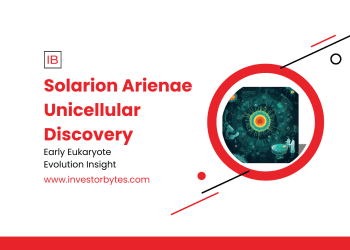Beneath the turquoise expanse of Issyk-Kul Lake—Earth’s second-largest saline body and Kyrgyzstan’s crown jewel—a medieval Silk Road metropolis has resurfaced in November 2025, its brick-and-mortar bones exposed by a joint Kyrgyz-Russian dive expedition. Dubbed Toru-Aygyr, this submerged commercial powerhouse, now 1-4 meters underwater in the lake’s northwest shallows, met its Pompeii-like fate in a cataclysmic early-15th-century earthquake, swallowing an estimated 10,000 residents and their bustling trade nexus linking China to the Mediterranean. Led by Valery Kolchenko of Kyrgyzstan’s National Academy of Sciences and Alexey Menshikov of Russia’s Institute of Archaeology, the probe—funded by the Russian Geographical Society—deployed underwater drones, side-scan sonar, and photogrammetry to map four linked sites, unearthing a necropolis, fired-brick bathhouses or mosques, grain mills, and vast ceramic amphorae shards.
Toru-Aygyr pulsed as a Karakhanid khanate hub from the 9th-13th centuries, its strategic perch on the northern Silk Road variant funneling silks, spices, and Islamic scholarship amid multicultural caravans. Artifacts whisper of opulence: 13th-century glazed tiles etched with Arabic script, Byzantine coins, and Chinese porcelain fragments, evoking a melting pot where Turkic nomads bartered with Persian merchants under minaret silhouettes. The quake, magnitude 7+, liquefied the shoreline, toppling mud-brick bazaars into the 700-meter-deep rift lake—25 million years old, fed by Tian Shan glaciers yet never freezing. Sediment cores date the inundation precisely: a 1410 CE seismic scar, corroborated by Ottoman chronicles of “the drowned emporium.”
This sunken Kyrgyz Silk Road city 2025 discovery electrifies Central Asian historiography, filling gaps in the route’s understudied mountain spurs. Issyk-Kul, historically “holy sea,” hosted Zoroastrian outposts and Buddhist viharas; Toru-Aygyr’s Islamic necropolis—100+ graves with grave goods—signals post-Mongol conversion waves. Digitized 3D models from Trionix Lab drones enable virtual reconstructions, projecting a 50-hectare sprawl rivaling Samarkand’s suburbs. Challenges persist: silt obscures deeper strata, and looters eye the trove, prompting UNESCO bids for protection.
Implications cascade: climate thaw erodes shorelines, risking further reveals—or losses. For archaeologists, it spotlights geoarchaeology’s role in quake-prone zones, where 80% of Silk Road sites await submersion surveys. Economically, eco-tourism could inject $20 million annually into local economies, blending dives with heritage trails. As 2025’s seismic year unfolds—echoing Herat’s October tremors—Toru-Aygyr embodies resilience: a drowned city rising to narrate trade’s tenacity, urging modern Kyrgyzstan to safeguard its watery archives against tomorrow’s upheavals.








